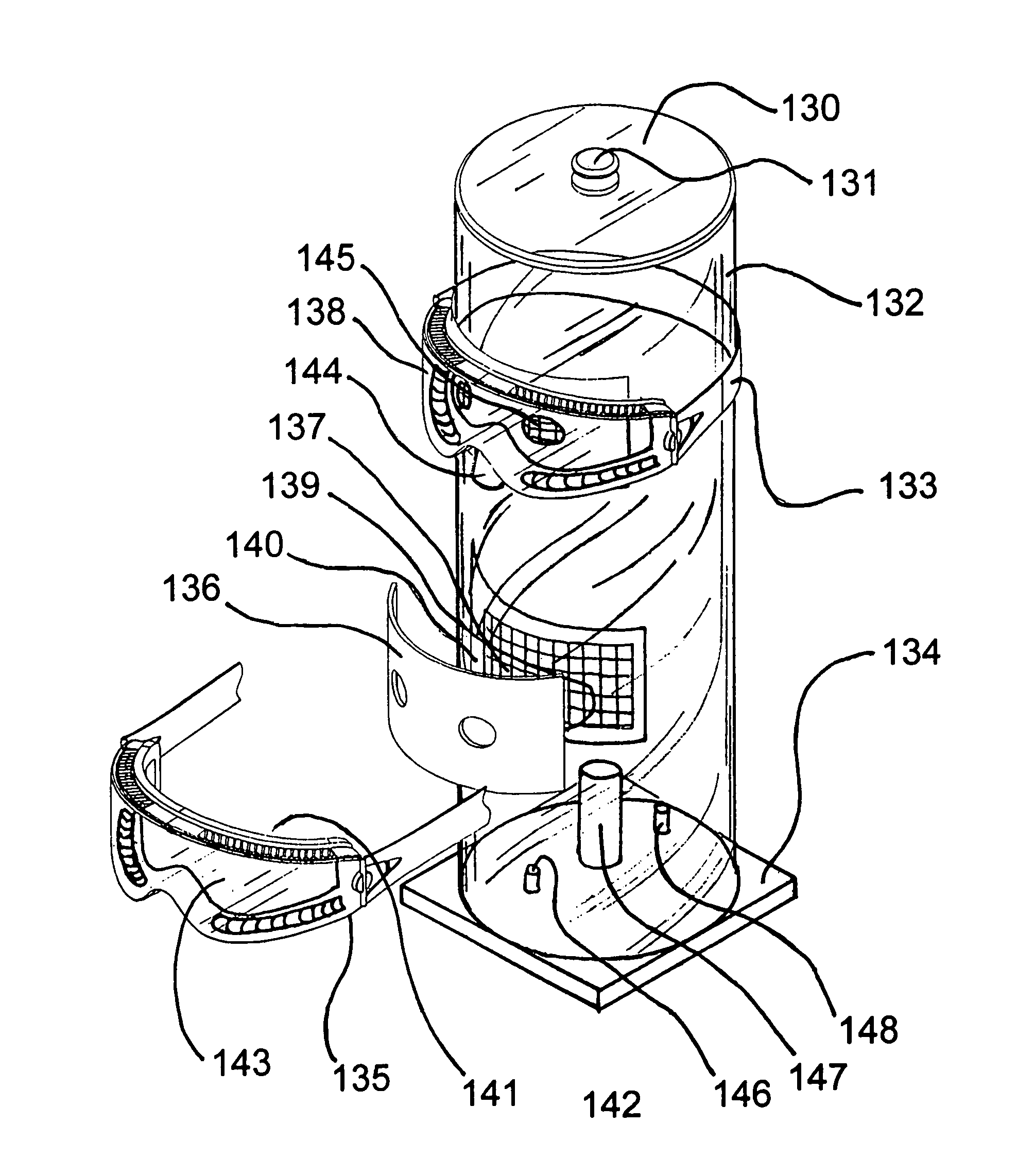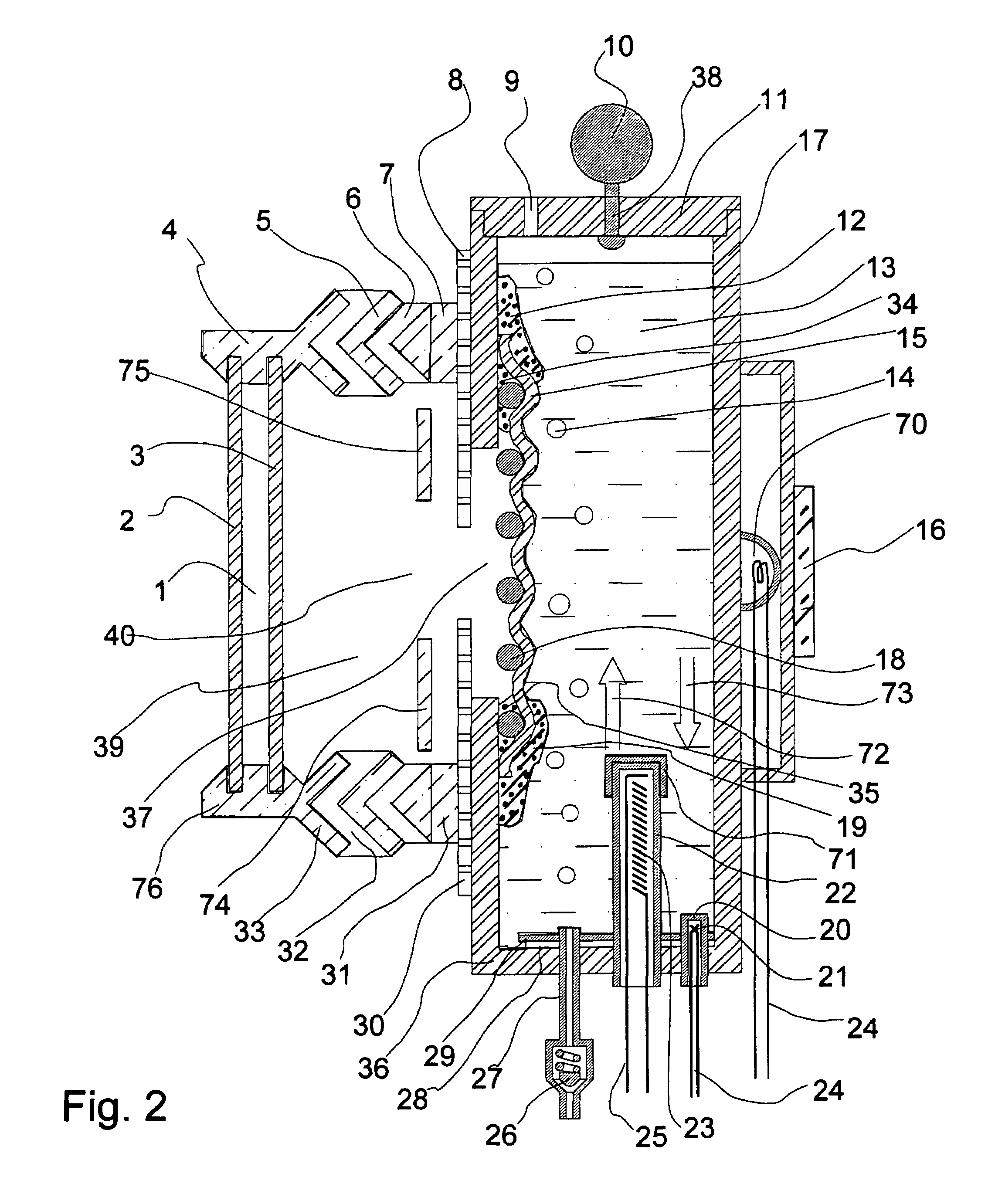Animal skin and eye moisture and heat simulator
a technology of skin moisture and heat simulator, applied in the direction of goggles, structural/machine measurement, instruments, etc., can solve the problem of accelerating and achieve the effect of easy production of fogging of goggle lenses
- Summary
- Abstract
- Description
- Claims
- Application Information
AI Technical Summary
Benefits of technology
Problems solved by technology
Method used
Image
Examples
Embodiment Construction
[0037]FIG. 1 is a plot of data showing the amount of fogging compared to the predicted flow rate. A simple mathematical model of airflow and heat transfer of conduction, convection, evaporation, and radiation is constructed to predict airflow and maximum moisture removal rates. The airflow model is then compared to the experimental data of a variety of goggle styles that are modified with different air channel dimensions and open cell foams. A correlation between the model and the data is then obtained. The general objective is to have a goggle lens that is less than about 10% fogged, and to accomplish this a flow rate higher than approximately 1 liter / minute is sufficient and is required.
[0038]FIG. 2 shows a cross sectional view of a body simulator and attached goggles. The simulator consists of a six-inch diameter Plexiglas tube 17 with a Plexiglas base plate 36 welded to the bottom of the tube 17. A port aperture 37 is cut out of the Plexiglas tube 17 that roughly matches the are...
PUM
| Property | Measurement | Unit |
|---|---|---|
| diameter | aaaaa | aaaaa |
| diameter | aaaaa | aaaaa |
| wavelengths | aaaaa | aaaaa |
Abstract
Description
Claims
Application Information
 Login to View More
Login to View More - R&D
- Intellectual Property
- Life Sciences
- Materials
- Tech Scout
- Unparalleled Data Quality
- Higher Quality Content
- 60% Fewer Hallucinations
Browse by: Latest US Patents, China's latest patents, Technical Efficacy Thesaurus, Application Domain, Technology Topic, Popular Technical Reports.
© 2025 PatSnap. All rights reserved.Legal|Privacy policy|Modern Slavery Act Transparency Statement|Sitemap|About US| Contact US: help@patsnap.com



